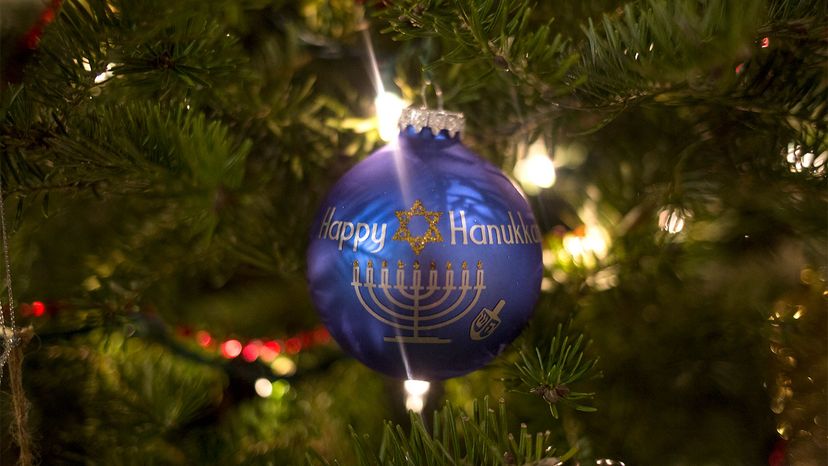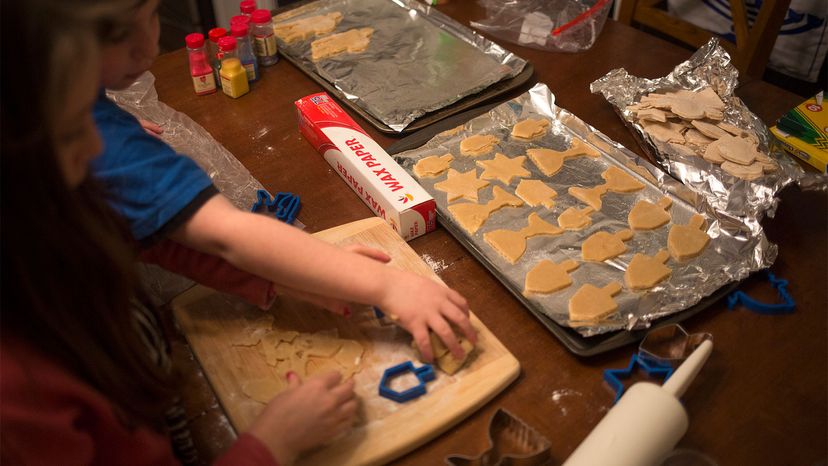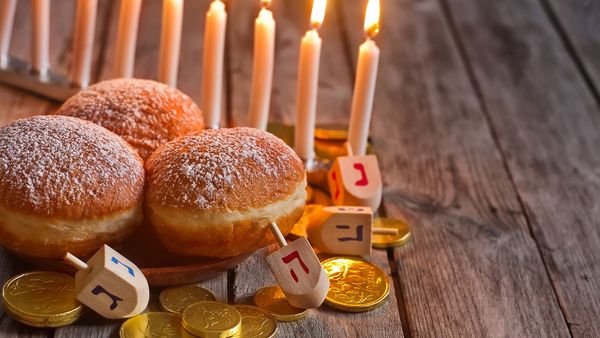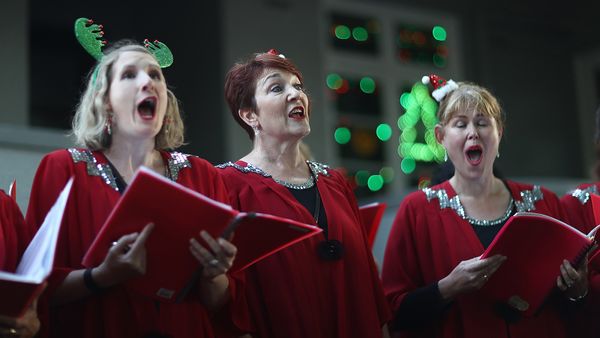Ultimately, perhaps, it is not actually important to use these lines between religion and culture, especially since they are much more complicated than they might appear at first glance.
In my ethnographic research, the families that had the happiest holidays were the families that listened well to each other and felt that everyone's voices were heard.
For instance, one couple took the standard advice to forgo the tree, but decorated with evergreens. This solution did not really satisfy the wife, who had grown up Christian, and annoyed her Jewish husband. In the end, no one was happy.
By contrast, another couple discussed what mattered most to them. The Jewish husband explained that he felt an "allergy" to both Jesus and the Christmas tree. His Christian wife thought about it and came to the conclusion that Jesus was central to her holiday, but a tree was not. Therefore, they had a nativity scene but went without a tree – in other words, they went with the clearly religious symbol. She appreciated his willingness to let her have Christ in their home; he appreciated that she gave up the tree.
One Jewish woman said that her husband's decorations – stockings and a tree — can make her feel like it is "all Christmas, all the time," especially when Hanukkah falls early and celebrations are over long before Christmas. But she appreciates that he agreed to raise their child as a Jew, to have their primary religious community be Jewish, and to attend services with her for the High Holidays and special events. It is hard for her to have a tree in their home, but she recognizes that, while her main compromise comes in December, he has altered his life year-round.
Other families settled joyfully into doing both, building family traditions out of both heritages. Still other families agreed to give up Christmas at home in favor of fun family vacations, or long visits with Christmas-celebrating relatives.
What made a difference? For these families, my research suggested that it was not what they decided, but how they decided: by listening to each other in a spirit of collaboration and generosity.
These compromises may seem especially challenging in a shared domestic space, which people want to feel like "home." But the basic principle holds true in other environments, as well: listening to loved ones, sharing what matters to us, honoring as much of that as possible — and maybe learning to love what our loved ones love.
Samira Mehta is an assistant professor of women and gender studies, and Jewish studies at the University of Colorado Boulder. She receives funding from the Henry Luce Foundation.
This article is republished from The Conversation under a Creative Commons license. You can find the original article here.



